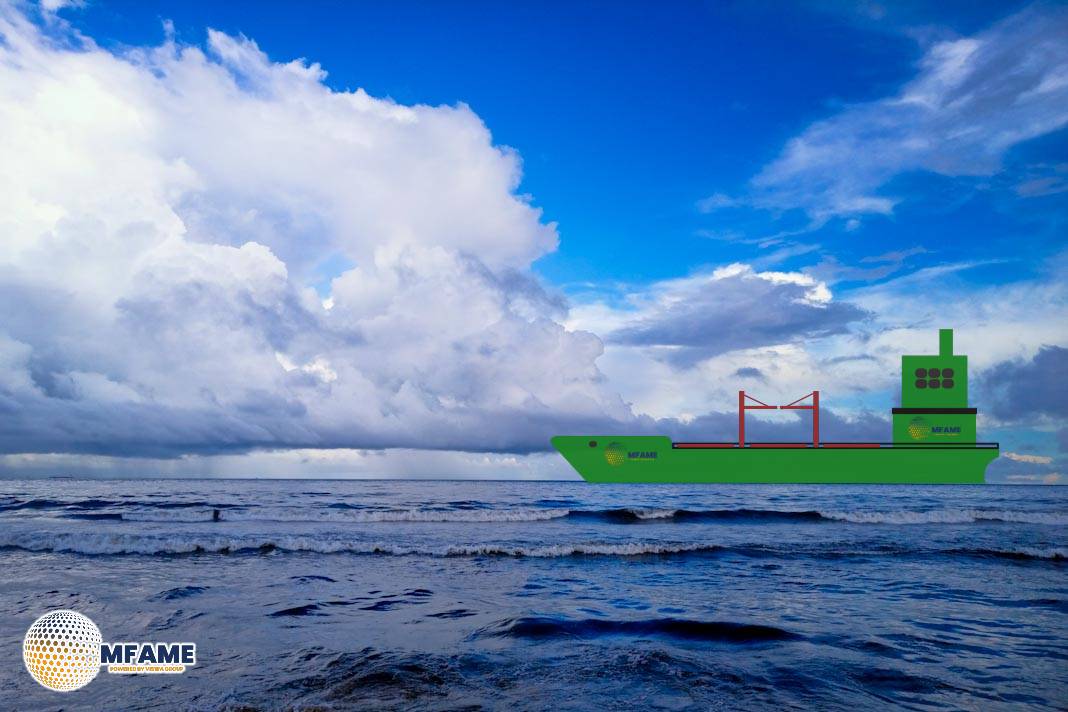In a new executive order, President Trump has set reciprocal tariffs of approximately 15% to 20% for most countries, which will apply to all goods loaded on or after August 7th. This action comes with some country-specific exemptions and increases. While a similar announcement in April caused a rush in freight bookings, the upcoming August 7th deadline has not spurred a similar last-minute surge, likely due to frontloading that occurred before an earlier July deadline.
Transpacific and Transatlantic Ocean Freight Market
Despite the new tariffs, transpacific container rates have slightly eased since August 1st. Asia-US West Coast prices have remained level at $2,342 per 40-foot equivalent unit (FEU), while prices for the Asia-US East Coast route have fallen 4% to $3,950/FEU. Transatlantic rates have also remained stable. An exception to this trend is the Indonesia-Long Beach route, where rates have increased by 8% since the tariff announcement. This subdued reaction to the new tariffs suggests that shippers may be experiencing “tariff-driven whiplash” and had already adjusted their schedules to beat previous deadlines. A potential 90-day extension for China’s baseline tariff could lead to a small rebound in transpacific demand, but the peak of the season is likely already in the past.
Asia-Europe Ocean Freight Market
Container rates from Asia to Northern Europe have remained stable at around $3,400/FEU since early July, despite the ongoing peak season and port congestion. In contrast, Asia-Mediterranean prices have fallen for seven consecutive weeks to $3,263/FEU, placing them below the Asia-Northern Europe rates for the first time since November. This divergence may be a result of overcapacity and a failure of planned general rate increases on the Mediterranean route
Did you subscribe to our Daily newsletter?
It’s Free! Click here to Subscribe!
Source: AJOT

















